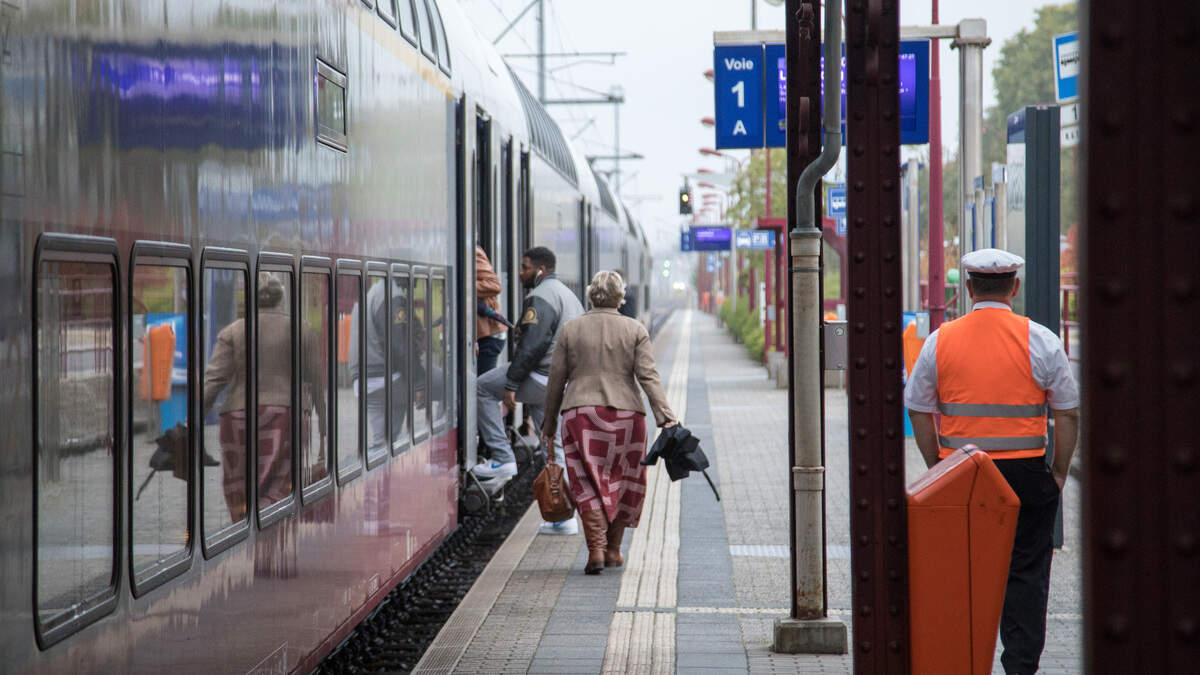Luxembourg has been left out of an EU strategy which aims to connect the bloc’s major cities through a high-speed rail network by 2040.
The scheme was presented by the European Commission on Wednesday, along with a map outlining planned new rail connections and also routes on which upgrade work will cut journey times.
Luxembourg does not feature on the map in any form, and is one of only five EU capitals not to be included, along with Helsinki and three cities located on islands – Dublin, Nicosia and Valletta.
The latest EU strategy pledges to cut journey times by up to eight hours on some existing routes, such as Budapest to Bucharest and Sofia to Athens. It also includes a proposal to introduce a six-hour non-stop train journey between Paris and Madrid, and a new high-speed line connecting Warsaw, Vilnius, Riga and Tallinn in eastern Europe.
“Imagine travelling between Berlin and Copenhagen in four hours instead of seven,” the European commissioner for transport, Apostolos Tzitzikostas, said at a press conference. “The train would definitely be preferred to the plane. This will be a reality by 2030.”
The map unveiled on Wednesday by the European Commission which aims to create high-speed connections between EU capitals by 2040, but which does not include Luxembourg. © Photo credit: European Commission
A spokesperson for Luxembourg’s transport ministry told the Luxembourg Times that member states “were not consulted on the establishment of a map for high-speed rail” but added that the “small size of the country and technical and environmental constraints limit the construction of a high-speed line in Luxembourg.”
“Luxembourg has taken note of this publication and will continue to work with neighbouring countries to offer the best possible connections to the high-speed network,” the ministry spokesperson said.
The European Commission did not respond to a request for comment from the Luxembourg Times on why the Grand Duchy was not mentioned in the proposals.
Also read:Direct Luxembourg to Saarbrücken train could cut journey times in half
Luxembourg’s exclusion is all the more bizarre given that there have been calls for the EU to intervene in the long-running saga of the rail project with Brussels, which aims to cut journey times between the two cities which are home to the vast majority of the bloc’s instutions and agencies.
A plan to shorten the travel time by train between the two EU capitals – which is currently over three hours and takes longer than it did in the 1980s – has been in the pipeline for two decades and is now scheduled to be completed at the end of the decade.
In a report published to accompany the launch on Wednesday, the commission said that the EU is “not on track” to meet regulations “requiring high-speed rail connections above 200 km/h between major European urban centres” by 2040.
“In 2023, high-speed rail traffic had only increased by 17% compared to 2015, while the length of high-speed rail tracks in operation was 12,128 km, located mainly in Spain, France, Italy and Germany. Central and eastern Europe remain poorly connected. With persisting fragmentation and barriers, a truly connected European high-speed rail network is therefore still far from completion,” the report noted.
To meet the current 2040 target, the commission estimates that €345 billion will be required, rising to €546 billion for a network reaching speeds of up to 250km/h.
However, Jon Worth, an independent European rail analyst, described the commission’s latest plan as “more like a wish list”.
“It sets aspirations for 2035 and 2040, far enough in the future to mean no-one can demand anything concrete now. It talks of financing infrastructure, but doesn’t explain how that will work. It mentions more rolling stock, but lacks detail about how to get it,” Worth told the Financial Times.
